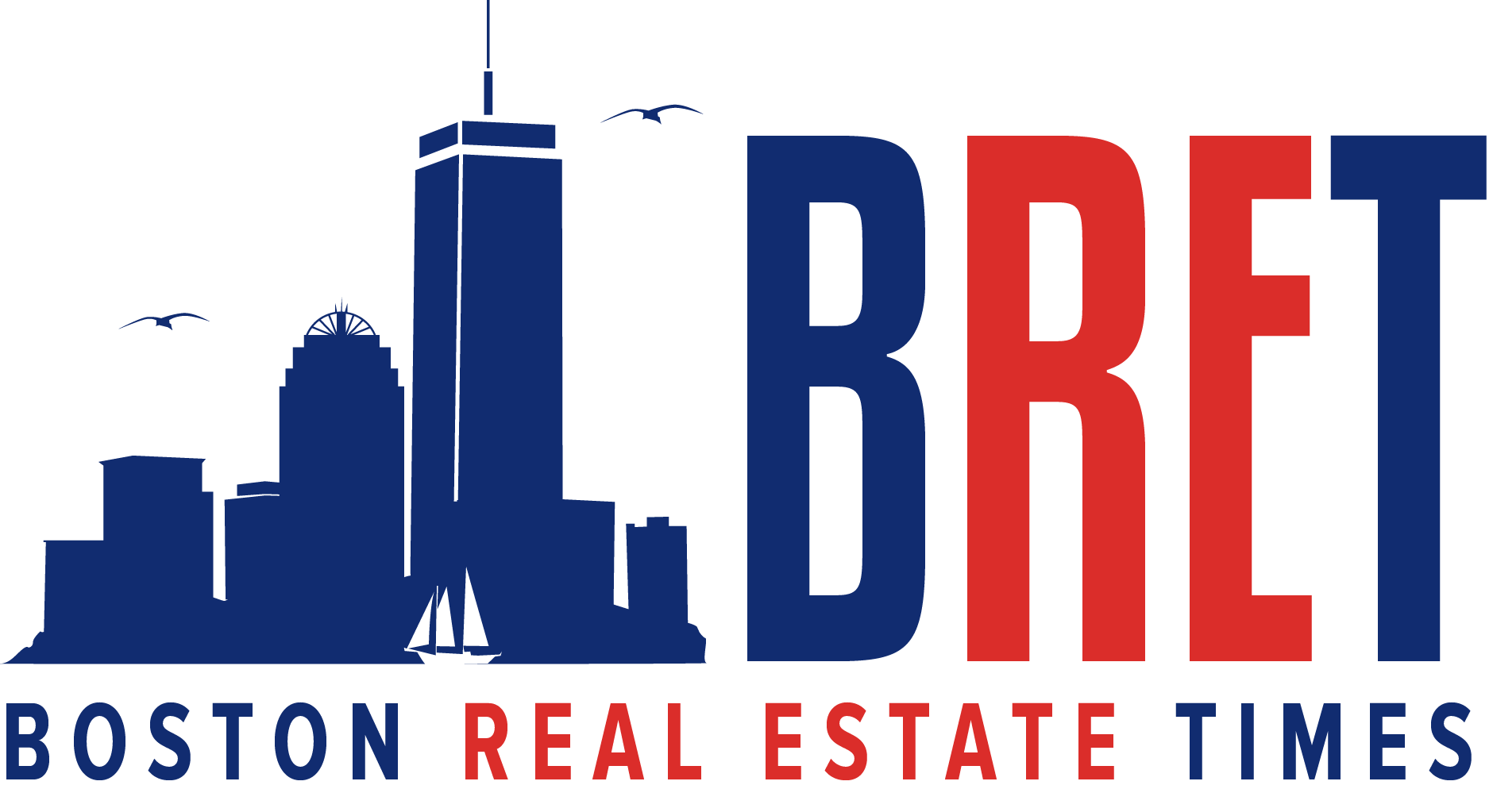Now, Morogiello’s all-comedy theater company, Best Medicine Rep, stages several productions and readings a year — his own plays and many others’ — at Lakeforest Mall in Gaithersburg, Maryland, 16 miles northwest of Washington, D.C. Best Medicine’s storefront is on Lakeforest’s second floor, next to the Sears. “Performance in Progress: Please be quiet,” reads a sign on a stand — meant to warn the driver of the kiddie train, which carries children and parents past the theater, not to blow the whistle.
One Saturday afternoon, beyond a flame-retardant curtain that absorbs some of the mall noise, 45 people fill the seats around a small stage. A blue-eyed actor with impish comic timing is playing the French philosopher Voltaire, in an historical play that one audience member later calls a “Voltairean sex farce.”
Afterward, Morogiello sits on a lobby couch and explains how a theater company that specializes in comedies about historical figures ended up in a space that used to be a KB Toys, then a luggage store. “We’d seen the mall gradually lose renters over the past few years,” Morogiello says. “And I love this place. I’d bring my kids here when they were little all the time. When I heard the mall sold at auction, I called them and said, ‘We can fill a space, and do full productions.’”
Morogiello loves this mall the way people loved malls in the 1980s, the way not nearly as many people do today. I know how he feels. Mall nostalgia hit me as soon as I walked into Lakeforest, built in 1978 by mall developer Alfred Taubman of Michigan. The Taubman Company built malls around the United States in the ’70s, including four in metro Detroit, where I grew up. Lakeforest reminds me of Lakeside Mall, where I once waited with my dad in a slow, snaking line to see “The Empire Strikes Back,” then killed time because the showing we’d planned to see was sold out.
Taubman’s ’70s malls look retro-futurist, the way 20th-century culture imagined the 21st Century would look: hexagon-shaped skylights in irregular white ceilings, concourses laid out in zig-zag diagonals to create dramatic sightlines. The geometry of Taubman malls’ center courts is etched into my kid-brain memory: a hexagonal glass elevator with lights on its edges, overlooking a fountain where kids could toss pennies for luck, and an angular indoor plaza carpeted in very-’70s sunny orange and red. When I was little, I called the plaza “the running place,” and my sister and I would run up and down its big amphitheater steps — better excitement than the shopping itself.
Forty-plus years later, Lakeside’s doppelganger, Lakeforest, no longer looks like the future, but like an aging vision still hanging on. It’s still got the glass elevator, but it filled in its running place years ago with a flat floor and wide, white tiles. Empty storefronts dot the second floor like missing teeth. The 2010s have been tough on Lakeforest, which was 25 percent vacant when U.S. Bank bought it at a 2017 foreclosure auction for $19 million, one-fifth the price it had commanded in 2012. This year, the mall is up for sale again, and two of the four anchors, JCPenney and Lord & Taylor, have announced that they’re closing later this summer.
But there’s life of a different kind here: In the center court, kids in sparkly blue costumes dance in a Lunar New Year celebration, sponsored by a Chinese-American cultural association. On the second floor, the same association has opened a gallery in a storefront, filled with paintings, prints, and informational displays about Chinese medicine. Lakeforest’s management is making the best of vacancy, to create a bit of the community that shopping alone once brought.
Malls have always had a life-and-death cycle, as new generations of ever-more-upscale malls and super-value centers rise up to overtake the titans of past decades. Today’s crisis feels even more existential, as wealthy consumers move from the suburbs to downtowns, and more and more shoppers one-click to deploy Amazon Prime shipping from their couches. There’s an entire internet genre of abandoned-mall ruin porn: photographers, writers, and videographers contemplating deserted concourses, drooping drop-ceilings, and ravaged escalatorsas memento mori of suburban-sprawl capitalism.
But what about classic malls from the 1960s and 1970s that are aging, but still alive? They’ve become places of decline, but also metamorphosis. They’re being reinvented, not as simple shopping centers, but as places to enjoy experiences — LegoLands, trampoline parks, escape rooms, and even cultural life. That can create surprising communities that mallgoers of decades past didn’t even know they were seeking.
Inside a soft, bouncy version of a Roman arena, a dozen teenage boys leap off a floor made of trampolines, ricochet off black netting, and hurl dodgeballs at each other. Some kids get one, two, three feet of air between them and the floor as they jump and pull up their knees to avoid a whizzing ball.
“For sports play, it’s really intense. We take that really seriously,” says Jonathan Alicea, 15, from Lynn, Mass. He and his friends are regulars at the dodgeball court inside the Sky Zone Trampoline Park at Liberty Tree Mall in Danvers, Mass., 20 miles north of Boston. Here, they meet kids from all over Greater Boston’s North Shore. They’ve just finished playing against teens from Gloucester, an oceanside fishing town.
“You either make friends or rivals,” says Mary Daaboul, 20, a Sky Zone party host and “core monitor,” who acts as a sort of aerial lifeguard.
Sky Zone, which leases a huge space that once housed a Sports Authority, has helped re-enliven Liberty Tree Mall. Built in 1972, the mall is named after the colonial-era landmark where Bostonians gathered to protest Great Britain’s tyrannical Stamp Act. When the mall opened, a 23-foot-tall aluminum Liberty Tree with glass leaves, built for the New England Pavilion at the 1964 New York World’s Fair, presided over the central court.
The tree is long gone, and the mall’s sunny central skylights now illuminate some couches and stuffed chairs, where on a recent Sunday one guy was trying to solve a crossword with a pen topped by a yellow smiley face. Vacant storefronts stand at two of the center court’s four corners. The mall’s tenants, from a 20-screen movie theater to a food court to a small arcade next to an e-cigarette shop, are concentrated on the main drag, between Sky Zone and Buffalo Wild Wings. Animal Rides, a free-standing stall, rents furry electric scooters in the shape of a lion, moose, zebra, tiger, fox, or blue dog. The scooter path is the forlorn, 300-foot-long, near-empty concourse between the central court and a Kohl’s.
What’s happened to malls like Liberty Tree? Competition from Amazon and newer malls is just part of their problem, says Steven Dennis, a Texas-based retail consultant. In the last five to seven years, the retail industry has seen what Dennis calls the “collapse of the middle.” Discount chains, such as WalMart and TJ Maxx, are prospering. So are experiential and premium-priced retailers such as Apple and Nordstrom. But mid-priced department-store chains such as Sears and JCPenney — the stores that have anchored older malls for decades — are declining. “You used to get away with being mediocre many years ago,” Dennis says, “because the competition wasn’t necessarily that intense, and customers didn’t have nearly as much information about quality and pricing.”
The mall-ruin archeologists at DeadMalls.com have defined five stages of a mall’s life cycle. Between healthy “first-class” malls and the fifth stage, gone altogether, DeadMalls.com’s taxonomy includes second-class malls like Lakeforest and Liberty Tree, with “high vacancy or non-traditional store occupancy;” third-class malls (“areas or entire mall sealed from public”); and fourth-class malls (“shuttered or slated for demolition”).
Some malls get put out of their misery, razed and replaced with office buildings or new homes. Others receive radical surgery, such as a partial-teardown that replaces an anchor department store with a restaurant or high-end section.
For still-viable malls with some vacancies, says Dennis, there’s a way to stave off destruction: “aggressive re-tenanting, looking for different sorts of tenants that fall outside the normal mix.” Often, that means entertainment and sports experiences: bowling alleys, trampoline parks, escape rooms, rock-climbing gyms. But re-tenanting is hard to do well, Dennis says. Mall managers that lower their standards may find that their mall loses its cohesion. “Some of these property management companies are just trying to get some cash in,” he says. “It can be a slippery slope of putting in a mix of disconnected stuff.”

The epidemic of mall decline is mostly an American story. That’s because the United States is “over-malled,” as a 2017 report by the investment banking firm Cowen and Company put it. Dead malls are the legacy of a great American mall-building binge: between 1970 and 2015, the number of U.S. malls quadrupled, from 306 to 1,220 malls, growing more than twice as fast as the population. According to Cowen, the U.S. has 40 percent more shopping-center space per capita than Canada, five times more than Britain, and eight times more than Italy.
Still, some mall decay has spread across the Atlantic. The Dead Malls Europe blog, maintained by a Belgian architecture student, lists 18 dead or declining malls across the continent, from Scotland to Greece. The Slagsta Strand shopping center in Botkyrka, a suburb of Stockholm, vacant since 2010, has led concerned Swedish journalists to coin the terms galleriadöden (mall death) and spökgalleria (ghost mall). Meanwhile, American mall-revival strategies have already caught on in France. This April, the declining Terre Ciel mall in the Parisian suburb of Chelles replaced three vacant stores with Airtrix, a complex with karaoke, laser tag, a climbing wall, and trampolines.
Inside the Vancouver Mall in Vancouver, Wash., right next to See’s Candles and across from Aeropostale, stands Barbara Sheehan’s art school, the Vancouver Art Space. Eight instructors, including Sheehan, offer classes in acrylic painting, oil painting, and drawing, as well as crafty skills like pop-up card-making, alcohol inks, and jelly plate printing. About half the students are walk-in shoppers.
Sheehan relocated her school to the mall in late 2015 because it offered more space at the same rent she’d paid in a small strip mall. “The atmosphere here is pretty good, pretty lively,” Sheehan says, “and the mall does a lot of events and holiday stuff to bring people in.” Still, she can sense the mall’s evolution and struggles all around her: a constant ebb and flow of stores closing and opening.
“This mall is definitely trying to stay alive by having less shoe stores and more activity-based venues,” she says. “There’s also an escape room place here.” The Sears, one of the mall’s founding anchors since 1977, closed last year. Round1 Bowling and Amusement, a Japanese chain of entertainment centers that combine an arcade, karaoke bar, pool hall, and bowling alley, is reportedly among the tenants that will go into the old Sears space.
Among the Vancouver Mall’s new alternatives to retail stands one that has been there since 1983, a harbinger of what malls could become. The Vancouver Mall Library, a branch of the Fort Vancouver Regional Libraries system, stands right outside the JCPenney. It’s busy, lending out more than 600 items and fielding three dozen reference calls on an average day.
Barbra Meisenheimer, the branch manager, says library quiet is hard to achieve at the mall. “A lot of our patrons look at us as just another store,” she says. “You’ll hear kids say, ‘Oh can we buy this movie?’ or, ‘Can we rent this movie?’” When loud cell-phone talkers outside the door disturb patrons, Meisenheimer shushes them.
The Vancouver Mall Library is one of the few libraries in an American mall, but Meisenheimer thinks that should change as malls evolve. “Malls have to appeal to a broader range than people just shopping,” she says. “Libraries would be really smart to get their foot in there.”
Since it started staging plays at Lakeforest Mall, Best Medicine Rep’s audience has grown from Gaithersburg locals to new fans from around the Washington, D.C. region. Newcomers often cite a D.C. theater critic’s favorable review of Morogiello’s play “Engaging Shaw” this past fall. The play about Voltaire, “Philosophus,” by Connecticut writer Colin Speer Crowley, has likewise been well-reviewed. Best Medicine is a professional theater company — it pays its actors, directors, and playwrights — and attracts talent from around the region. The lead actor in “Philosophus,” Terence Aselford, is a 30-year veteran of the D.C. theater scene.
“What the mall provided us was a tremendous opportunity to grow and survive as an institution, because we have a space,” Morogiello says. And inexpensive rent has other benefits. To qualify for the Washington area’s Helen Hayes Awards, he explains, a theater company needs to put on at least 16 performances of each of its productions. That’s hard for small nonprofit theaters without their own space, because rental costs can be immense. But it’s no problem for Best Medicine, with its affordable storefront lease.
Meanwhile, Best Medicine is bringing new traffic to Lakeforest. Ruby Tuesday, the last remaining restaurant at the mall, does great business on theater nights, Morogiello says. Actors not only drink at the mall; they shop before and after rehearsals. “A lot of shopping centers would do well to add something like this,” Morogiello says. He’s happy to bring traffic, and a new gathering place, to his hometown mall.
“What I love about malls is that they always were community centers,” says Morogiello. “It was always a place where you would see your friends, in the old days. You would see your parents and other people from the community hanging out and shopping.” It’s a good fit for Best Medicine Rep, he says, since it aims to build a community through shared laughter. “I feel that we feed into that old-school mall mentality of bringing joy to people,” he says. “It’s just a matter of getting other people to buy into the joy.”
Published on


















